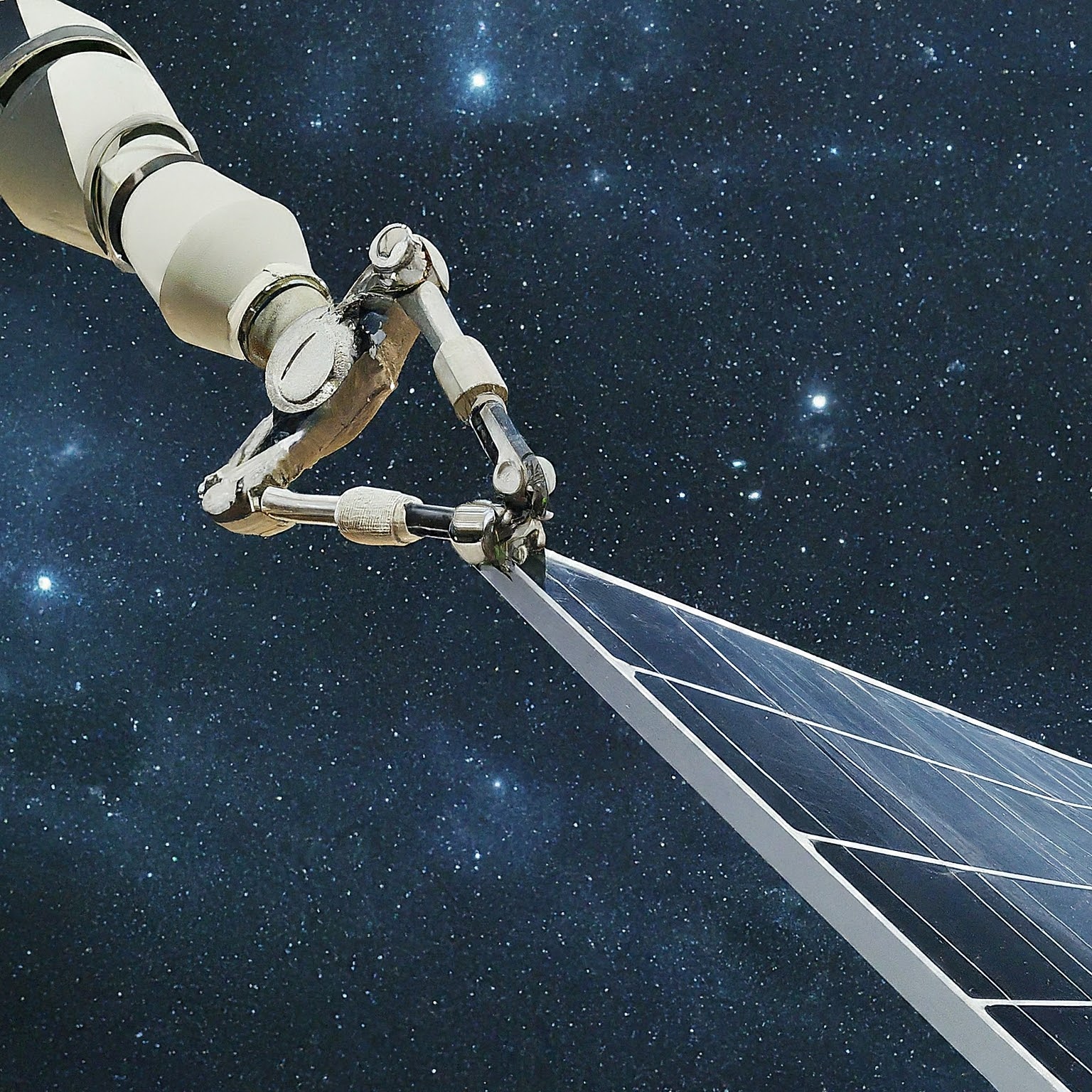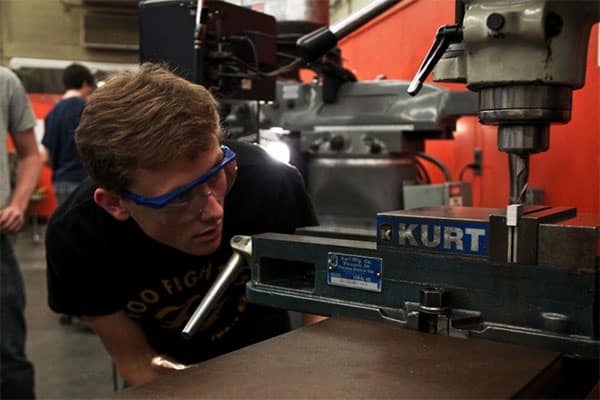About

Our Vision
We want everyone to explore space! We’ll make it easy for anyone to join by keeping costs low and designs simple. Our open-source approach means everyone can access our satellite-building methods. We aim to inspire future generations, proving that space isn’t just for experts—it’s for everyone!
DIY (Do it Yourself) Philosophy
We want everyone to explore space! We’ll make it easy for anyone to join by keeping costs low and designs simple. Our open-source approach means everyone can access our satellite-building methods. We aim to inspire future generations, proving that space isn’t just for experts—it’s for everyone!

History Of The Team
EQUiSat started in the spring of 2011 during a class taught by Professor Rick Fleeter at Brown called: Design of Space Systems. In the class, students are split into teams who each design their own theoretical space mission. Our founders, Max, Alex, Kelsey, and Alex, came up with an idea for a low cost, DIY cubesat that would flash down from space and be visible to all. Their mission was to prove the accessibility of space to everyone and promote space education. At the end of the semester, they realised, “Hey! We could actually do this!”—and our team was founded.
In the beginning, our team was made up of just a few members, eager and excited to realise their far-fetched dreams. However, we quickly realised that we needed to learn a lot in order to build this satellite. During the first few years, our team began to accumulate a database of knowledge about how to actually build a satellite. We progressed through many design iterations, and our dreams began to converge with reality. As our team grew, we were able to start our outreach programmes and work towards our goal of inspiring a new generation of space enthusiasts.
In February of 2014, EQUiSat was selected for launch by NASA through the CubeSat Launch Initiative (CLI). This means EQUiSat will be launched as a secondary payload for free. For the next four to three years, we developed our team and our satellite as we prepared for our future. EQUiSat was deployed out of the International Space Station on July 13th, 2018, and it is now operating successfully in Low Earth orbit.
In the spring of 2016, we decided that we wanted to ensure our team would have a future after EQUiSat. To lay the groundwork for this, we changed our name from Brown CubeSat Team to Brown Space Engineering, or BSE for short. This change is reflective of our expansion towards future missions and other aspects of space exploration.
BSE Today
Today, our team is gathering and analysing data from EQUiSat’s operation. So far, the LiFePO4 batteries’ performance is promising, and we hope to publish a paper detailing our findings within the next year. Most of the people that worked on EQUiSat are now hard at work designing and prototyping our next CubeSat, which we will be excited to announce during the 2018-2019 school year.
Our outreach team is very busy, teaching lessons and giving presentations about our satellite, space, and engineering in general. In the past, we have hosted a teaching programme right here in Providence, RI. During this programme, our team teaches students about space and engineering. Additionally, they provide the students with awesome science experiments that teach kids the intuition behind the physical principles of space travel. Remember Newton’s third law? It’s the fundamental equation that allows rockets to fly! Our students have made bottle rockets and balloon cars that work on the same principles! We hope to continue teaching and expand our lessons to more students. Let us know if you would like us to come to your school and present!
Our R&D team successfully launched their first high-altitude weather balloon. We built its payload and balloon, launched it, and recovered it in one semester! We are currently working on our second balloon, which will test deployable solar panel technology.

